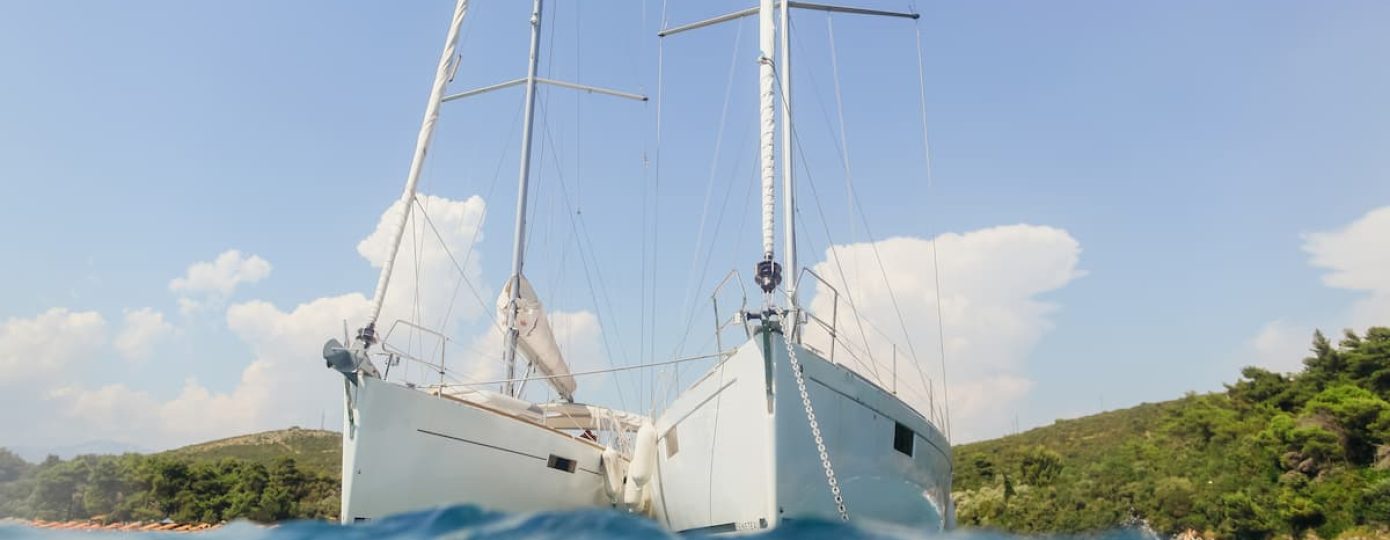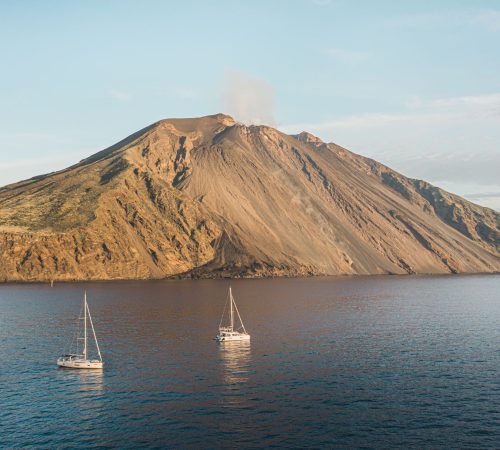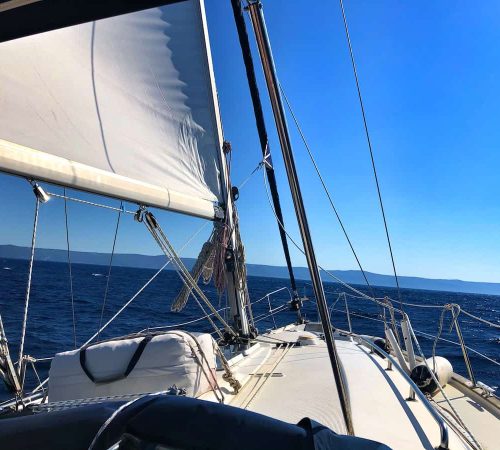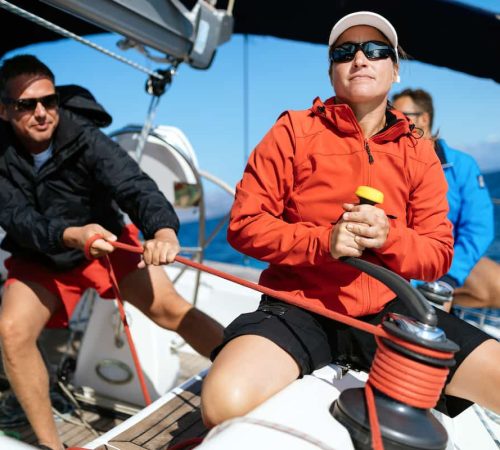Most commonly defined only by the term bowsprit , this tree was once instead of many Embarkation i and, at the present day, can also be found on more modern ships. Its functions include, mainly, the ability for the navigator to considerably advance the point where the jib meets the walls. Obviously, using a gennaker bowsprit implies the use of a wider sail . The bowsprit has its roots since the first centuries of civilization, when galleons used to sail the seas. Its function and usefulness are fundamental in navigation and that is why we also find it in modern boats. However, their shape has evolved over time and, to date, to improve performance, a smaller bowsprit has been opted for, capable of being even more functional.
Below we will show you all the curiosity inherent in this component essential and , if for your next holiday you are going to entrust to hire catamarans and sailboats, Spartivento Charter has a fleet of sailboats varied and catamarans capable of responding king to every need for comfort and relaxation .
History of the bowsprit : curiosities to discover
In the past, the bowsprit was mounted on a horizontal structure : designed to be as aligned as possible with the boat itself, this component has had some really interesting historical uses.
The statues under the bowsprit, for example, are one of the most emblematic examples of historic naval decorations . B asti think , i n fact, that these objects date back to the sixteenth century : and ra usually find the statues under the bowsprit especially on galleons that, given the considerable size, they could fit without any problem these ornaments.
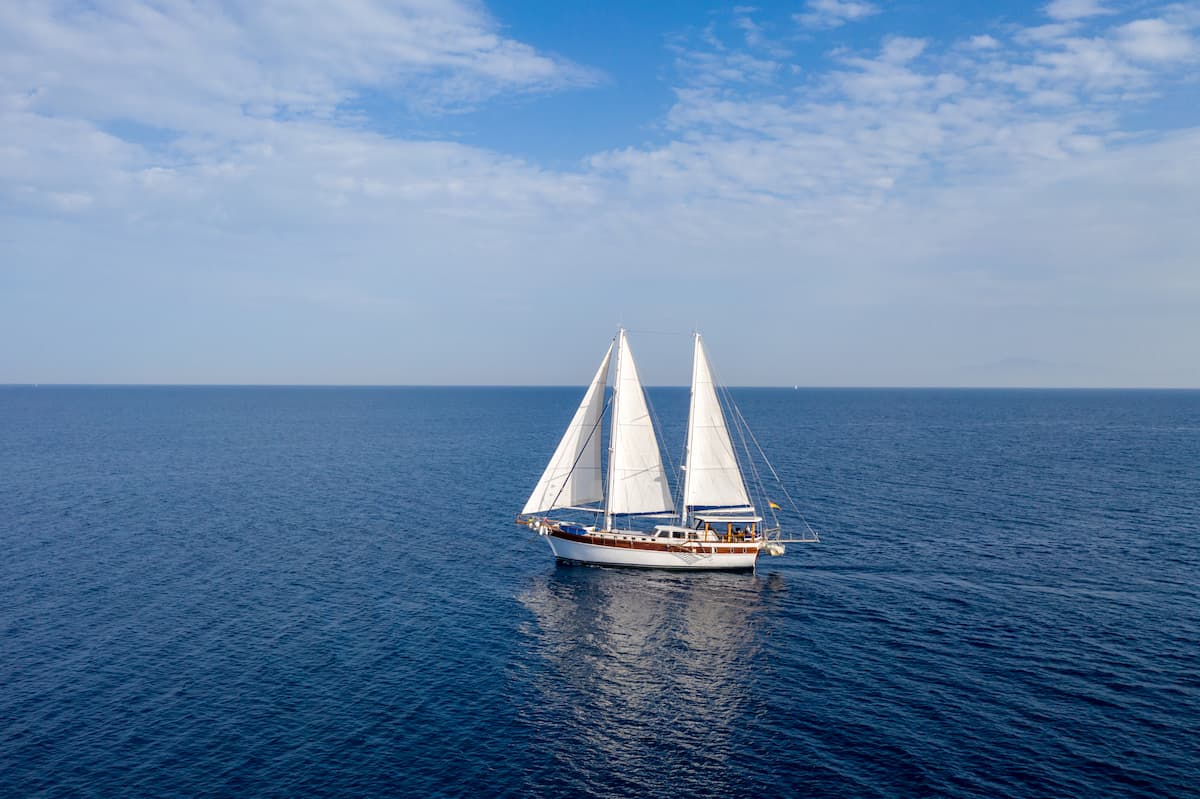
Also known by the name of figureheads , these statues were intended to embellish and make the ships that sailed the seas more suggestive.
The disadvantage of owning one of these statues, however, was the poor maneuverability of the boat. Their weight was quite considerable: sailing at maximum performance, therefore, became difficult, if not completely impossible.
The enormous size of the statues was reduced in the eighteenth century , but with poor results in terms of dynamism and agility of the ship.
Modern use of the bowsprit
Nowadays, the bowsprit, as it was understood in the sixteenth century , has become a slightly obsolete instrument.
The historical models , as you can imagine, are no longer used in navigation, but help to make a good impression in their personal collection of decorations and marine accessories.
However, the use of this particular tree has not entirely disappeared and there are new models used for sideways , slack , and rough gaits on :
- latest generation sailing ships
- fast sailing boats
- large ships
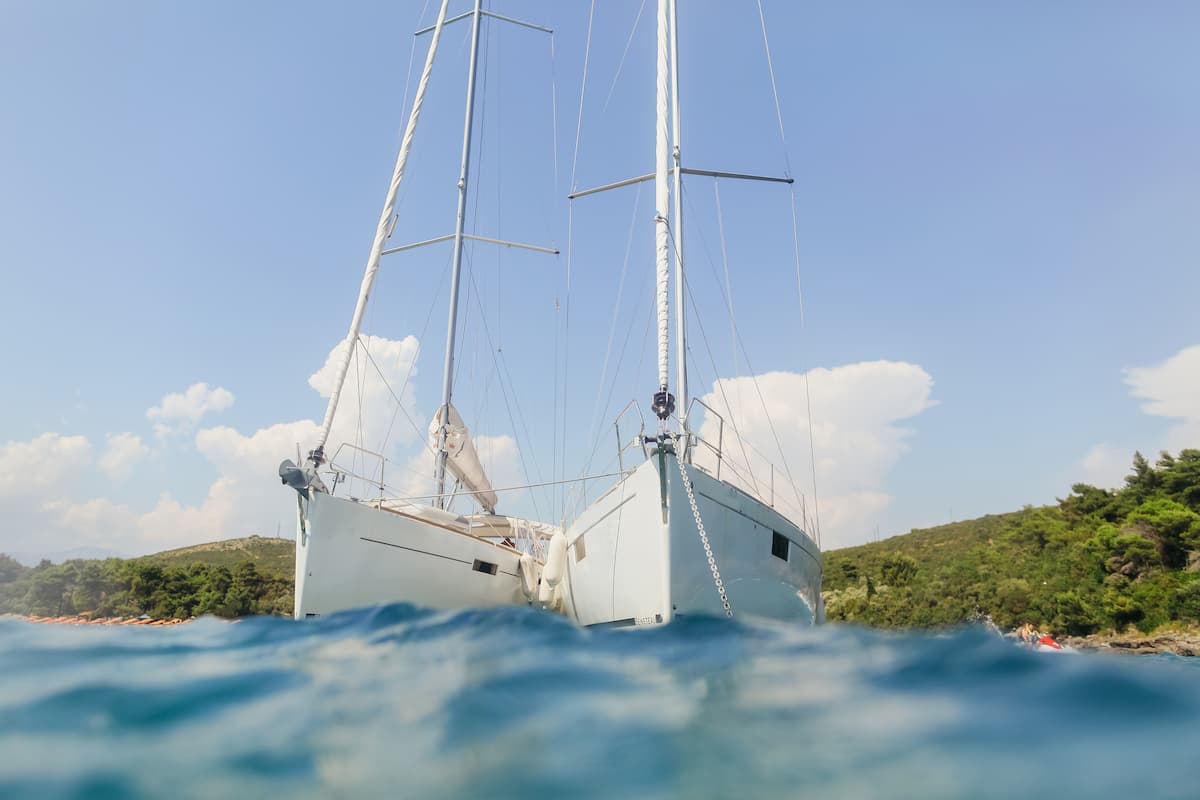
Most of the time, a bowsprit is accompanied by its bridle , also called safety nets. When combined with the counter, these elements can make navigation even faster and safer.
The the bowsprit for gennaker, also is collegat or directly to the hull with resistant cables for safety reasons prevent its rottur in ensuring speed navigation and excellent overall performance boat .
Finally, the wood , the material originally used to build the tree of the bowsprit , has been replaced nowadays c on lighter materials and innovative , such as aluminum or carbon , which increase by far the performance .
